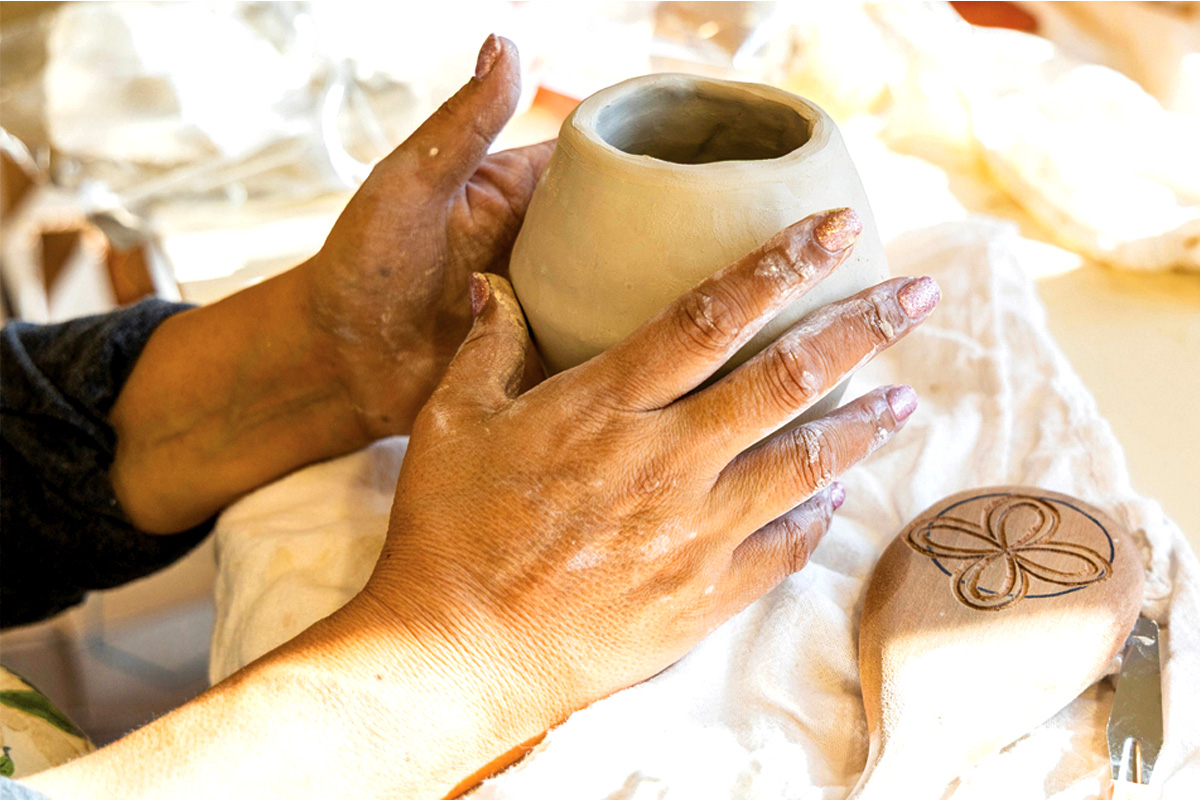History lessons being learned the hard way
By Jerry DeWeese • Guest Columnist | When in grade school, I wondered why my teachers spent so much time teaching history. What did it matter? This was old news. Now that I have reached “old age” status, I recognize that history is full of lessons and it repeats itself. If we pay attention, today’s society may be able to avoid making the same mistakes we learned about in history class.
In Fitzgerald’s fields
In Fitzgerald’s fields they toiled, sun-dappled and rain-soaked, caked in mud and in blood and in sweat. They raised corn and peas and potatoes and children and they always had plenty of butter and honey and wool so long as with ceaseless toil they coaxed the stubborn mountainside into giving up its seasonal blessings.
They worked about as hard as, and had about as much as, any other poor white Reconstruction-era Waynesville farmer except for the rights expressed in that document which begins, “We the people” because they were still somehow less than that.
Real deal boardinghouses don’t exist anymore
Are there boardinghouses still operating here in the Smokies region? There are, of course, hotels, inns, bed-and-breakfasts, and motels galore. But I'm wondering about the true, old-fashioned boardinghouse, which flourished throughout the region until the middle of the 20th century.
Two Sparrows: Town WCU renames renovated collections facility in honor of Cherokee past
Long before the creation of Western Carolina University, the state of North Carolina or the U.S. Constitution, the valley now known as Cullowhee bore the name Tali Tsisgwayahi — in Cherokee, it meant “Two Sparrows Town.”
Now, that name has returned to a portion of the 600-acre campus with the formal dedication of the Two Sparrows Town Archeological Collections Curation Facility, held Thursday, Dec. 6, at the facility on the ground floor of McKee Building.
Walking ancient pathways with a gifted writer
Growing up, one of my favorite books was H.G. Wells’ The Time Machine. In Robert MacFarlane’s The Old Ways, instead of taking us into the distant future, he takes us into the ancient past. He sets off to follow the ancient routes that crisscross both the British landscape and beyond — to the chalk downs of England to the bird islands of the Scottish northwest (and the ‘fells’ where he calls home), from Palestine to the sacred landscapes of Spain and the Himalayas that were traveled by people who only traveled on foot or in crude sailing vessels.
Horse Cove is worth a visit
Editor’s note: This column first appeared in a November 2003 edition of The Smoky Mountain News.
Horse Cove is one of the prettiest settings here in the southern mountains. It’s a highland valley surrounded by the Black Rock, Fodderstack, and Chestnut and Rich mountains, and drained by Big Creek, one of the numerous headwater streams of the Chattooga River system situated on the eastern flank of the Eastern Continental Divide.
Folkmoot ‘Mountain Memories’ series
Folkmoot is proud to partner with the Mountain Memories organization and Waynesville’s own Bob Plott to launch the Mountain Memories performance series at historic Queen Auditorium on the Folkmoot campus.
The series opens with “Mountain Memories No. 1: A Hazelwood Gathering” at Saturday, Nov. 16, at the Folkmoot Friendship Center in Waynesville. Doors open at 6 p.m. with food and beverages available in the cafeteria. The “Mountain Memories” show starts at 7 p.m. in the auditorium.
Kephart Prong Trail has a unique story
I like visiting those sites here in the Smokies region where there is what I think of as an “overlay.” That is, places where both natural and human history commingle. At such places, one encounters the confluence of all or several of the major strands in the region’s natural and cultural fabric: wild areas, plants, and animals; early Cherokee and pioneer settlement influences; and the impacts of the modern era, initiated here primarily with the coming of the railroad in the late 19th century. At such places the alert observer can experience what the French have defined as “frisson” — a moment of excitement and insight that arises when various forces coalesce.
Gift of the Mountains: Rooted in the Mountains connects Cherokee past and global future
It was an hour and a half after sunrise, and the day’s first rays had not yet touched Judaculla Rock, hidden away in a hollow near Caney Fork in Jackson County.
“I would encourage you to come back at different times,” T.J. Holland, cultural resources supervisor for the Eastern Band of Cherokee Indians, told the group assembled around him. “It’s one of these fascinating things — time of the year, time of day, weather all affects how this looks, and I’ve not been here twice that I’ve not seen something different.”
Fontana Regional reflects on 75 years
What started as a traveling bookmobile 75 years ago has now evolved into a regional system of six library branches. Together they are striving to provide a broad range of services to their communities while defending their relevance in a changing society.
“I think we need libraries for a lot of reasons,” said Karen Wallace, who serves as the librarian at the Franklin library and also as the director of Fontana Regional Library System. “We always try to respond to the needs in the communities. Where is the lifelong learning coming from if not from a public source like the library?”






















